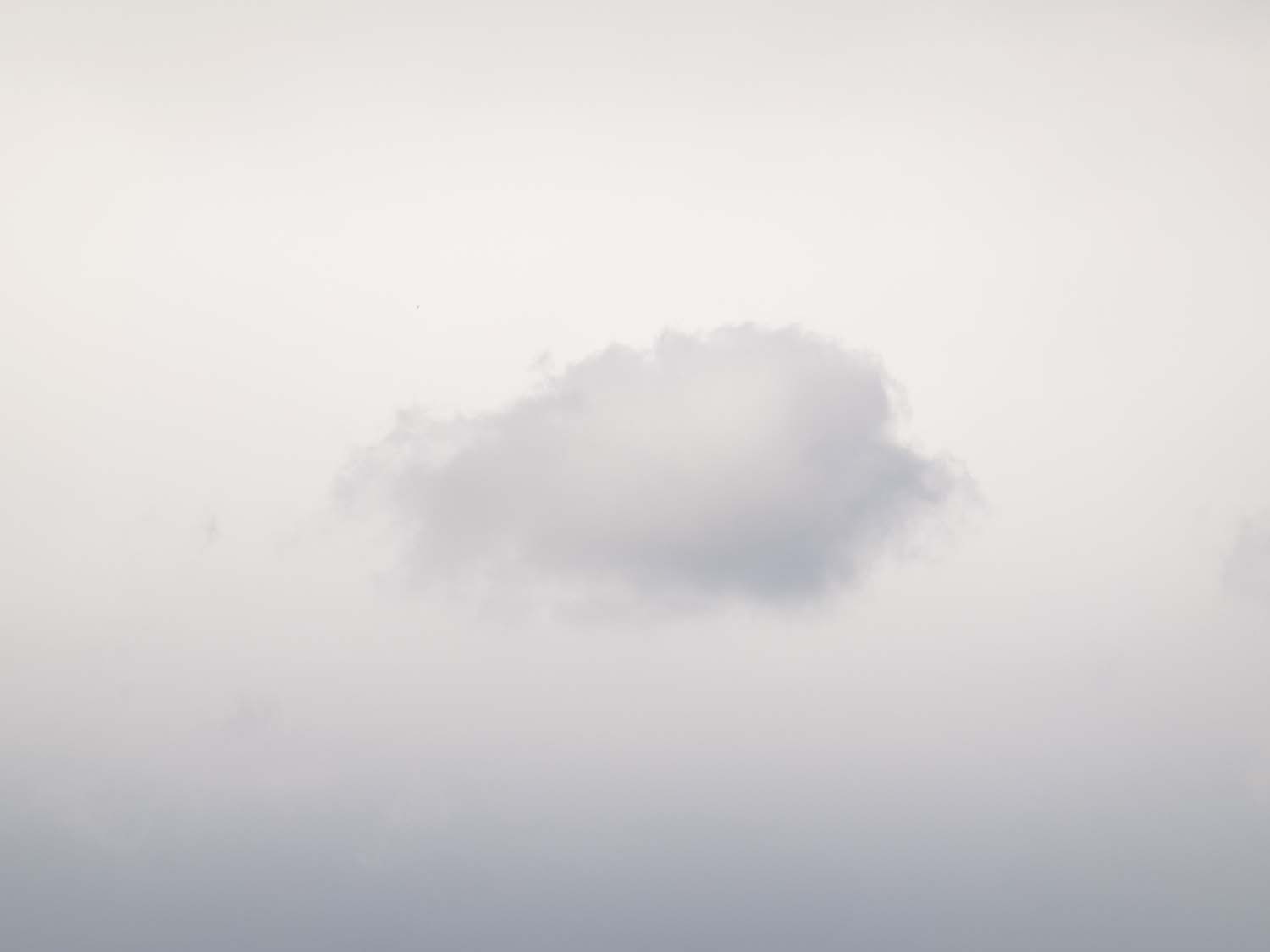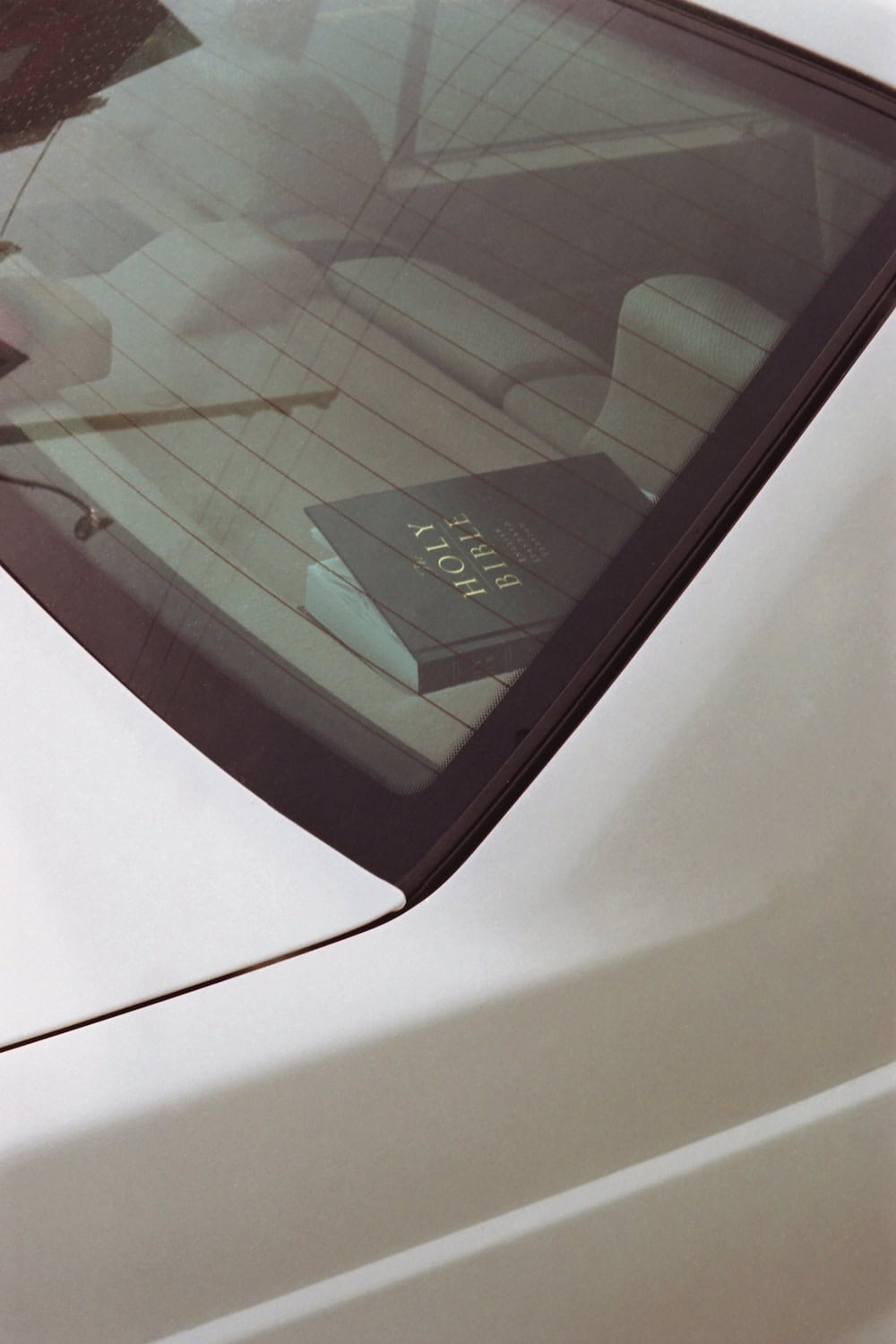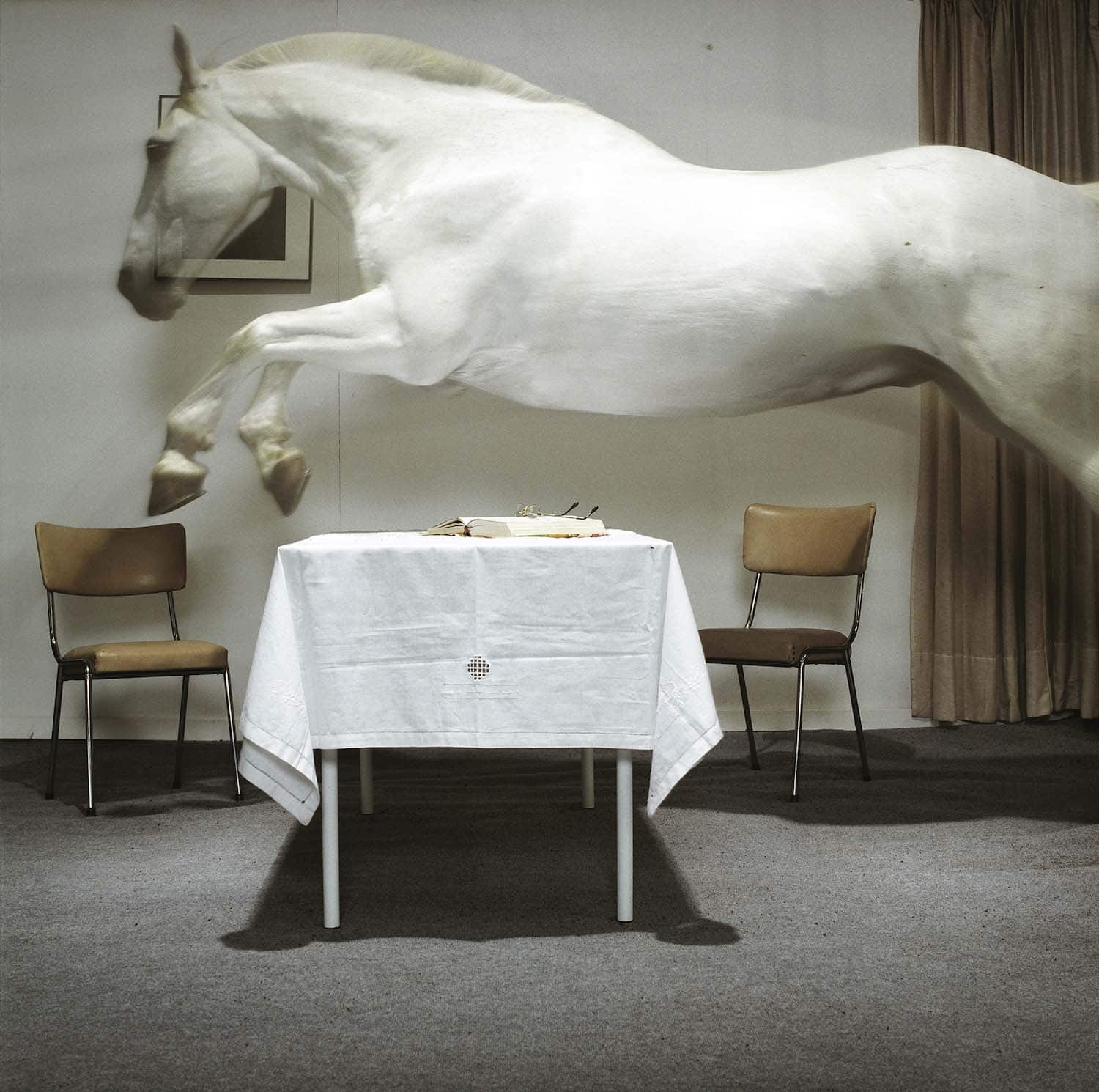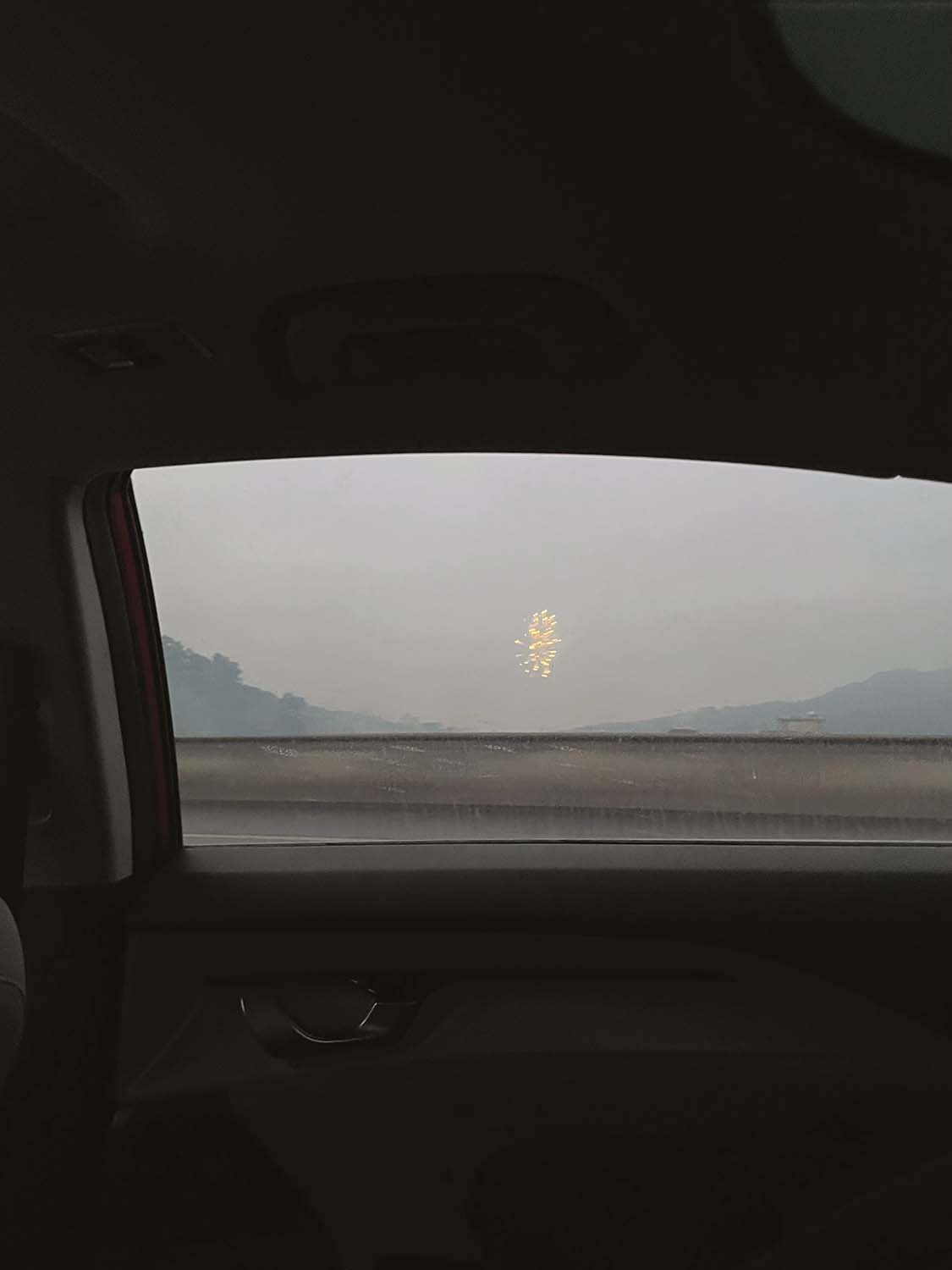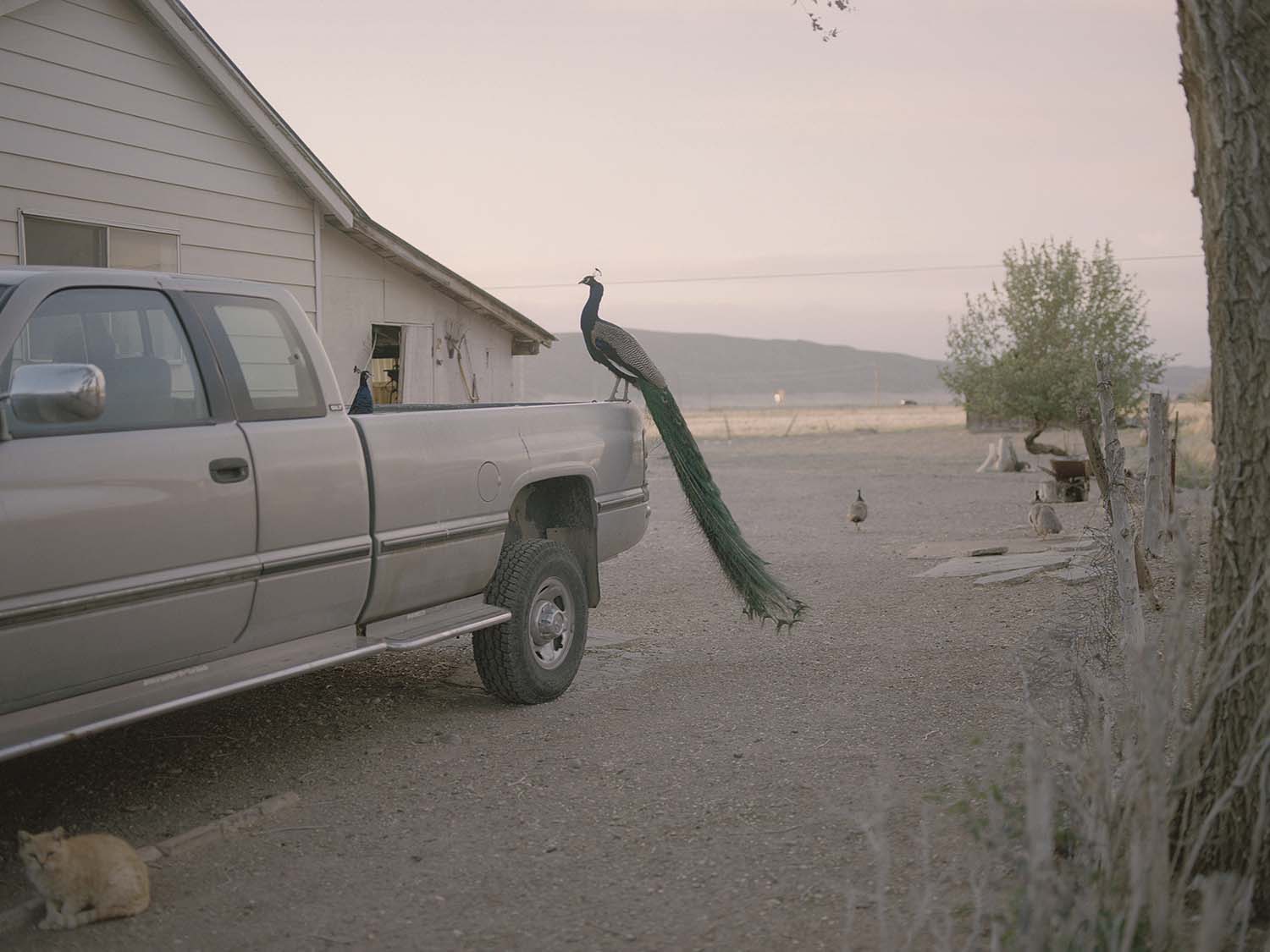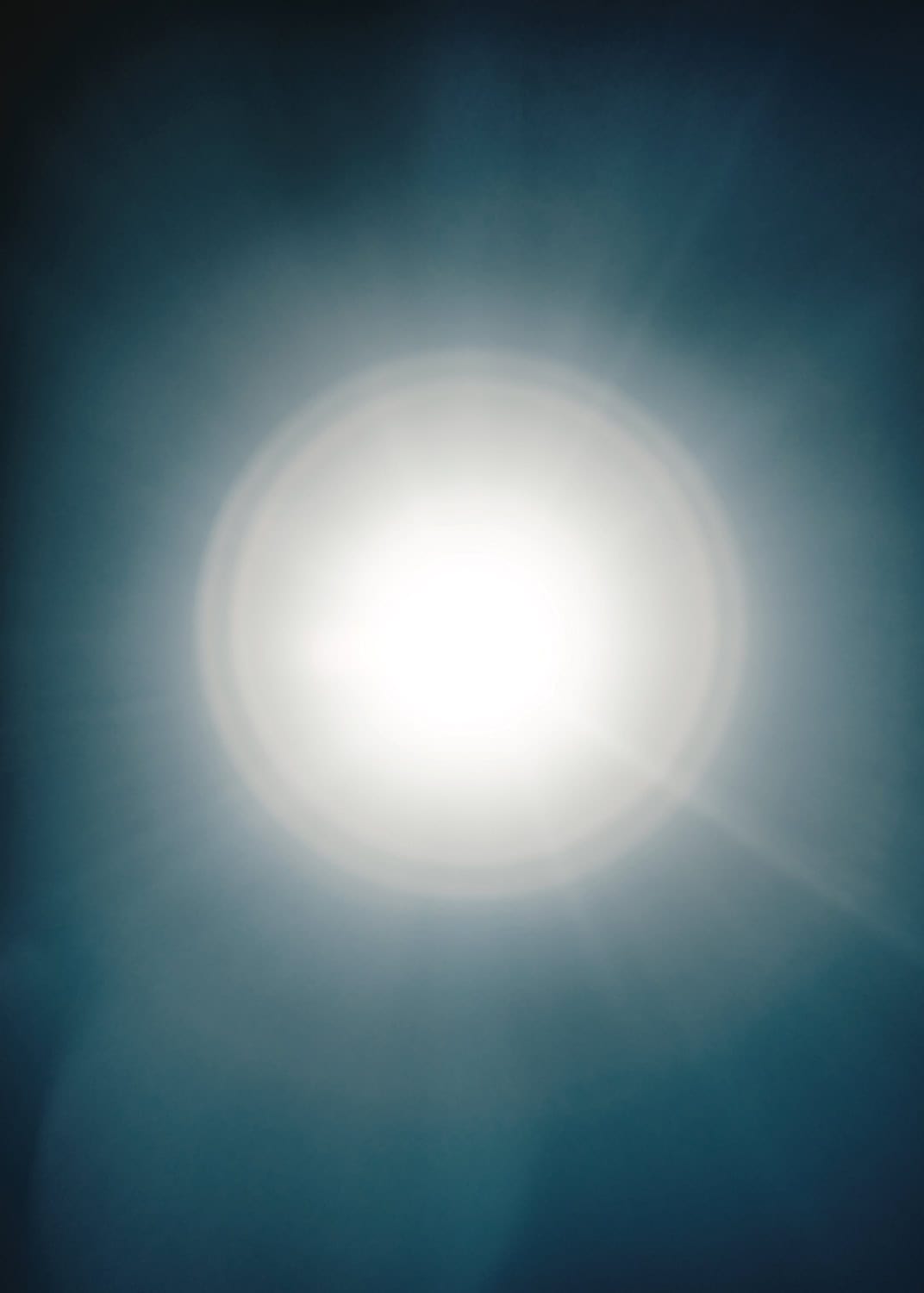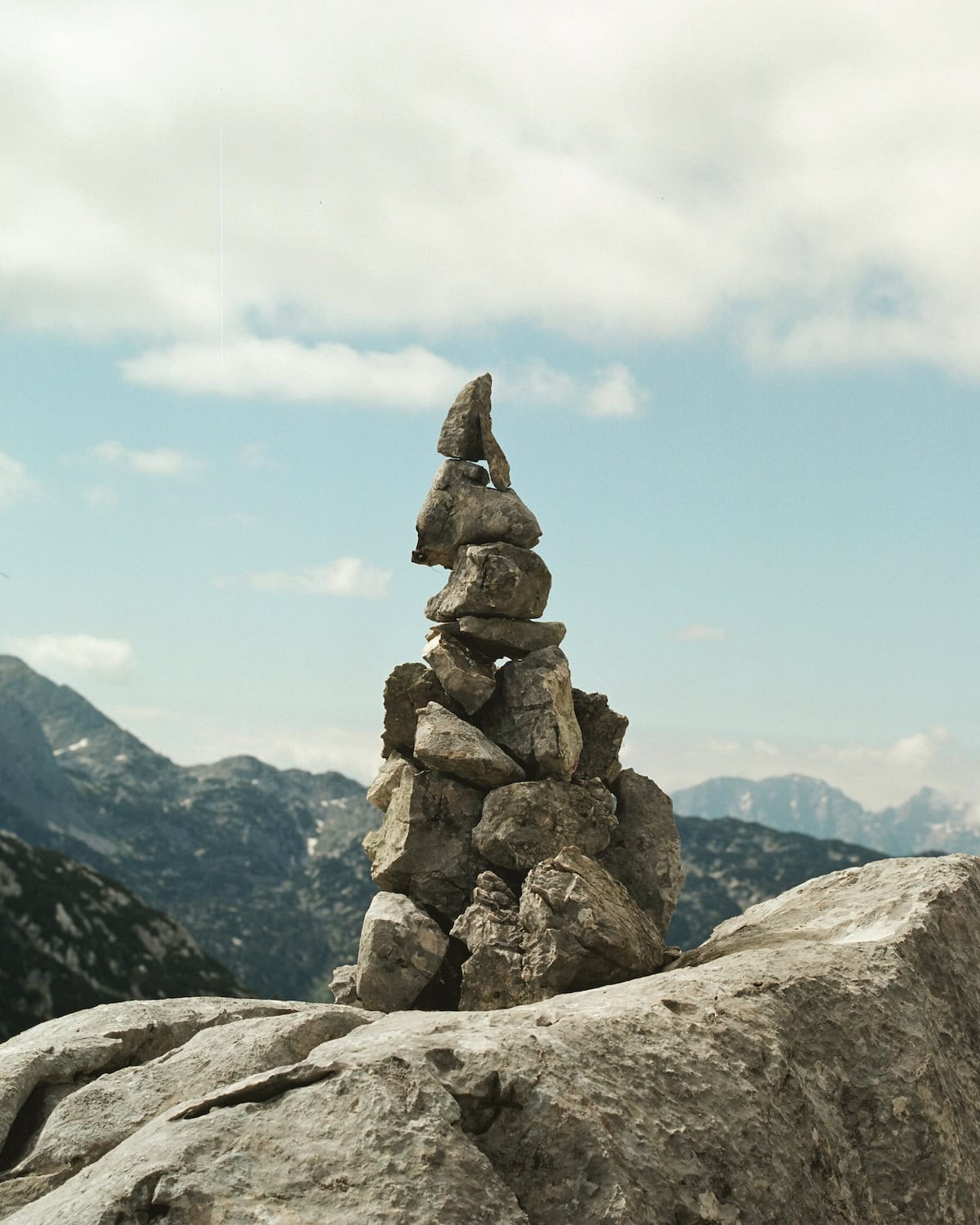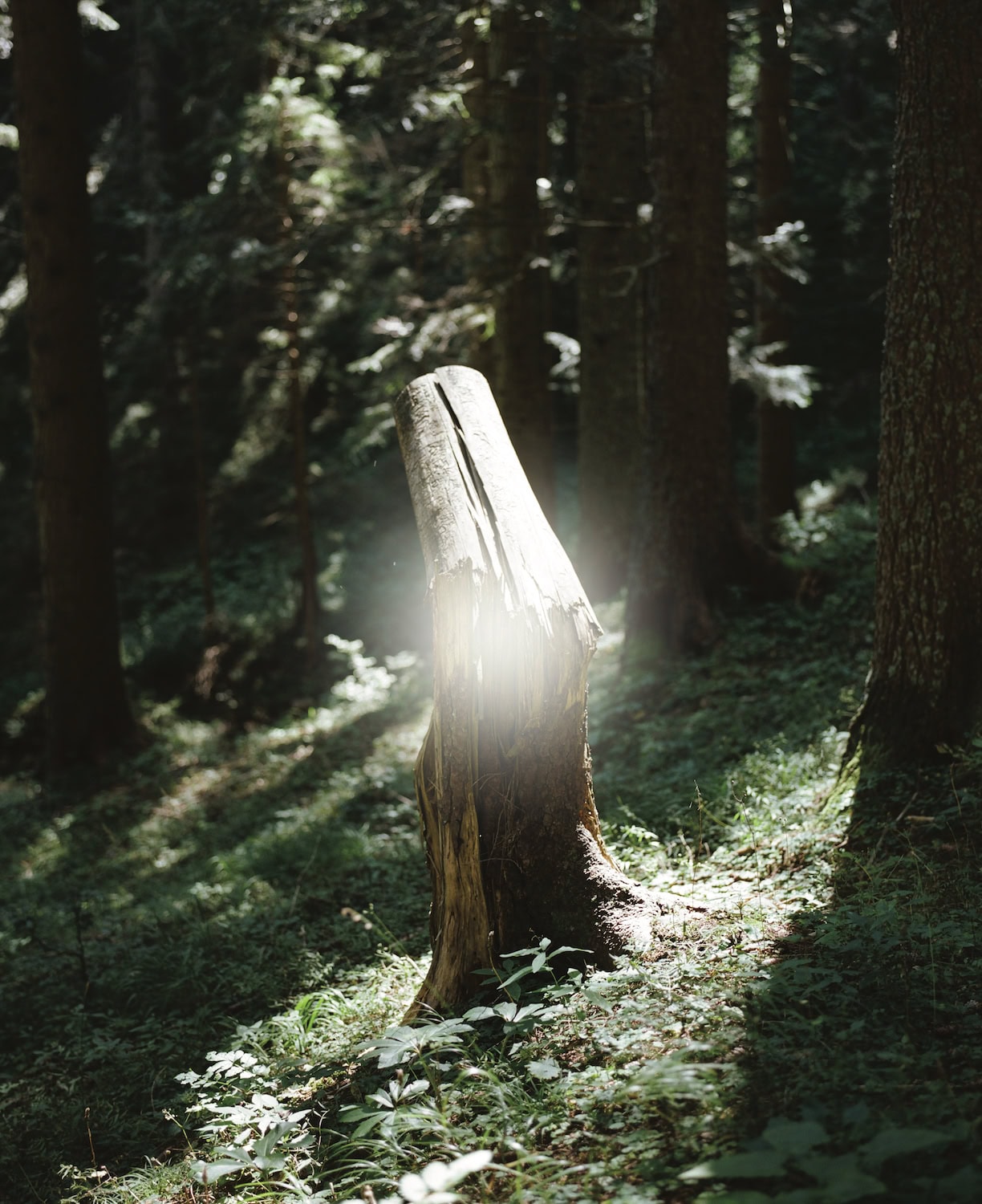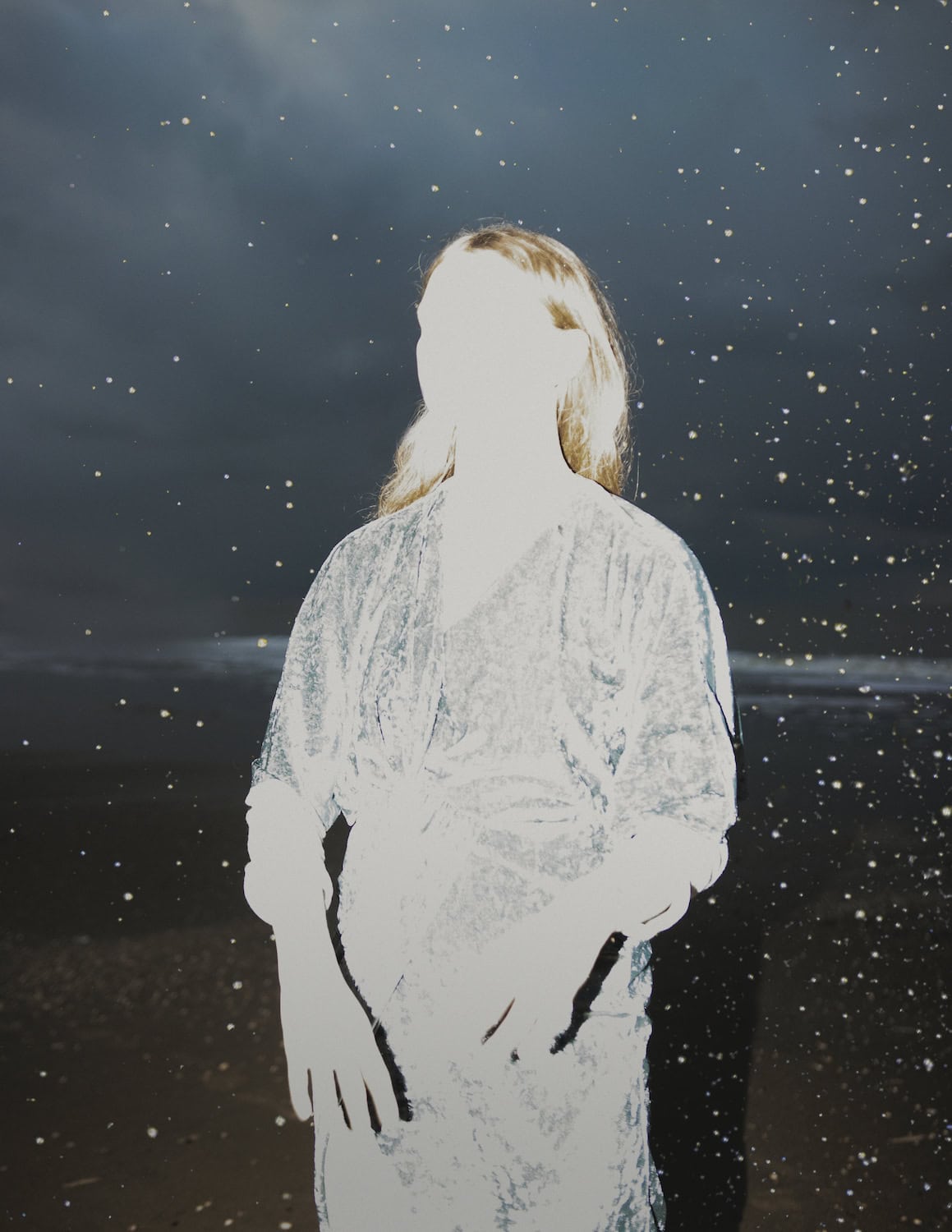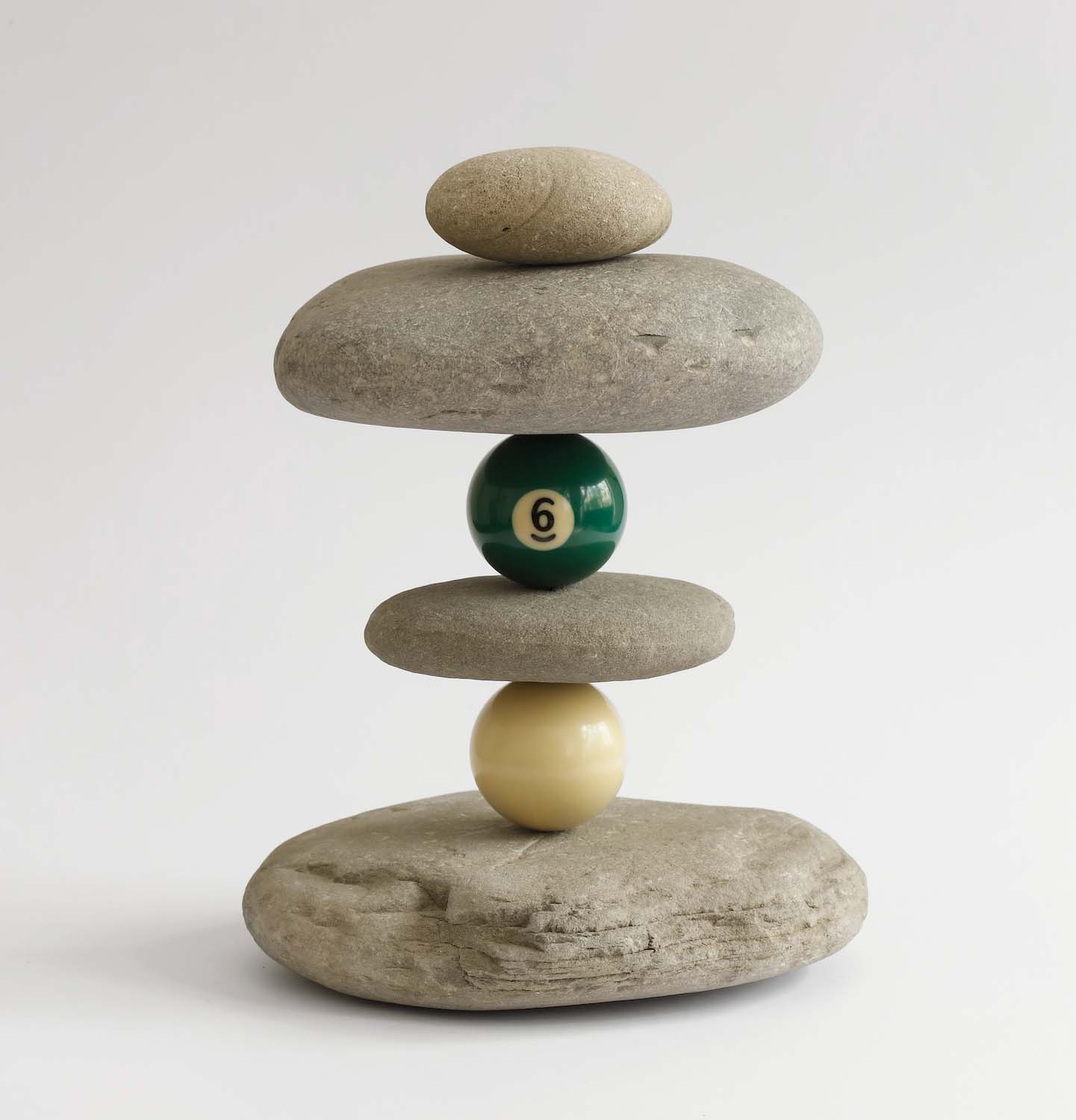It’s always a struggle to respond when somebody enquires as to what you believe in. Believe? Believe in what? What with the many injustices of religions throughout the annals of history, the real-life nightmares stoked by that same history, and any other sources of wisdom having been debunked by scientific knowledge, it feels as though believing has been relegated to an act of blind faith nowadays. Trusting, which is after all the basis of believing, has become a suspicious and, for the most part, invariably stupid thing to do. You essentially learn to stop believing as a child, when Santa Claus, the Tooth Fairy, and peers are annihilated as childish fairy tales, only good for concealing the world of adults and the monsters that inhabit it. Believing is, in short, something that conjures up ideas of falsehood and illusion first and foremost and moreover retains those infantile associations, where the child in this case is an adult who hasn’t got a clue, pathetic beings detached from the real world and too inclined to credulity. For many, belief has the stench of falsehood and deception, of blunder and mirage. It is one of the many enemies of truth in this world, an antagonist of reason. Yet for others, it has the fizzy taste of harmless and innocent play, a mere amusement that feeds from time to time on crumbs of enchantment. These minor beliefs—minor in intensity—naturally include black cats crossing the street, hats on beds, and horoscopes, as well as the cornucopia of fortune a lottery ticket can provide. Among other beliefs, more all-encompassing but less pervasive, we can’t possibly fail to mention the flat-earthers and their Pac-Man World theory, the Elohim who have infiltrated Christianity and the homo sapiens species from outer space, lizard people, Naruto runs at Area 51, anti-vaxxers, preppers, and all those other beliefs that, for the most part, wouldn’t know reason if it hit them over the head. There is, however, one thing that they all have in common: believing, today, is first of all about believing in the myth of the individual.
Indeed, believing in oneself is probably the most likely response to the opening question. This is where all potential beliefs stem from today, not that we have any intention of passing judgement on them here. Not because we agree or support them but because there are just so many of them that they must be symptomatic of a lack of collective truth or any vague horizon of common sense. And because we believe, to all intents and purposes, that the words belief and myth are by no means broad enough. Because despite the attitudes of contempt and disdain that we have, over the centuries, gradually developed towards credulity, towards opinion without knowledge and texts without footnotes; despite thousands of years spent, in many respects, rejecting inexplicable marvels and fantastical stories, it is clear that a pantheon still exists at the heart of what we call reason, complete with founding entities and irrepressible stories. And so we have mocked up a nice little theogony that might even be vaguely plausible.
Where to begin, then, if not Technology? She is, after all, one of the entities to have most comprehensively infiltrated the fabric of things and she yearns to spread even further, from things to lives to future to space. Most of us believe in her too, sacrificing time and work to keep her more alive than ever. From nerds, gamers, aerospace engineers, and larger-than- life 21st-century entrepreneurs to the transhumanist enemies of time: each of these is a believer, a proselyte, who from time to time adds credence with a claim or minor discovery or dream, in the conviction that the more they satiate this entity, the more they will benefit. Nor can we fail to mention Economy and her Markets: the incomprehensible hand dealing success and misfortune. The philosopher’s stone that gives access to life’s delights and is an easy preamble to eternity, or such is the power of this two-faced Titan. She directs men, animals, lands, states, and wars wherever she sees fit and according to her own idea of justice, which is subordinate to her. Science, then, is the third sister: keeper of the world’s secrets, both pocket cosmos and gilded anechoic chamber in which every whisper, breath, and caress is unfailingly heard and recognised. This idea of light and clarity is her temple, reliability, and prediction her weapons. She is the handmaiden of measure and the standard-bearer who led the myths of yesteryear into the twilight, fortunately avid for ever more clarity, although her knowledge is never stable. These are the three sisters who prop up the modern world, three excellent founding disciplines and practices, not to mention powerful fantasies that together give an idea of the world with which everyone, by destiny or context, must come to terms.
It may be objected that these are products of enlightenment and of humanity’s most glittering and hyperuranic intellectual conquests, that they cannot be framed as myths, beliefs, or even daydreams. And it is true, but only to a certain extent, because while science, philosophy, and technology may have undermined ancient beliefs, in the many centuries that they have ruled over our images and lives, they too have assumed that same mythical aura of nescience that legends and mysteries wore so openly. The belief of an age born of the patricide of Uranus at the hands of Cronus trapped in Gaea’s womb was debunked by the calculations of Thales, eager to enjoy his olives. Another origin myth was refuted by Thucydides, keen for historiography to do more justice to the exploits of men. One replaced by calculation, the other by the story of the victors against the vanquished. And other little myths collapsed as a result, just as new ones, prettily dressed up in legitimacy, were born. Just as Science, Economy, and Technology—our young fates—have spawned their progeny: those minor convictions that leave no life unaffected. They are cosmologically weak myths that struggle to impart any good sense to things—where good sense is not reasonable common sense but an intensive, sensitive, and organic relationship with the things of the world. A quality that these soft myths lack, since they are primarily marketable and therefore available on tap; inhomogeneous since they can be adapted time and time again, despite a strenuous effort to present themselves as rational beings. There is, for example, Work, the King Midas of effort, who transforms everything into gold and is apparently absolute and unquestionable. There is Success who, alongside Work and Communication—obligatory and punctilious mediator—accepts a constant stream of sacrificial dreams and nightmares, offering in exchange the slender semblance of some meaning. It is here that the sisters Knowledge and Fame come into play. The first is Science’s favourite daughter and the second the narcissistic Valkyrie of existing at any cost, even at the cost of a truly shit existence, which is where the great Entertainment enters as an accomplice, rumoured to transform even shit into a tasty titbit. Following this small and somewhat slipshod theogony that we have knocked up to preside over the edges of the world, we ought to consider the consequent reality, and as they say, not all bad comes to hurt, but it does inspire a steady flow of worry and doubt. There are those who follow trends and brands religiously and inscribe in them a patchwork of meaning. There are those who relieve themselves from the afflictions of this world with small escapes, such as the many outdoor cliques dedicated to mountaintop ablution, a semi-recalibration of the idea of natural sacredness but demeaned in sports tourism. There are those who taste the sweet honey of devotion and remain starstruck by those they choose to follow, those who get bogged down in subreddits and bowled over by the minute chance that everything is a lie. There are those who discover the lie elsewhere, and then force the construction of a brand new horizon, which turns into a new battle, usually against windmills. Each of these has its origins there, in that complex of stories that unpack to reveal the untouchable beliefs and myths that we take for granted and which this modernity by the name of Progress has, in its own way, built on disenchantment.
It must be noted that all these stories, entities, and voids embrace image as their herald. It is through image that the myth unfolds, deploys, grows, and reproduces, gradually becoming ever more real. There are those who are so used to thinking of Work as rational, inevitable, and valid that it would be unthinkable to imagine otherwise. We had to believe in money for it to impose itself, we had to believe in fame and interact with it using the appropriate tools for it to become the pipe dream of every social stratum. Everything flows from here, from the image: it is the eye of the needle with all the camels lining up behind it. It’s all very well to ask ourselves what images want, but it is clear that their undeniable proliferation demonstrates just the slightest compulsion towards self-representation, through Work, Communication, Knowledge, Fame, Entertainment, and all their myriad siblings. After all, the origin of the image is precisely that idea of evocation, of making present something that is not there or may not be there or isn’t there yet. As well as potentially resisting the power of the image makers and pursuing our own path.
Not to mention testifying with varying degrees of fervour to someone’s individuality, the validity of their vision—the art world, of course—and, inevitably, to a legitimacy of thought and gaze. And so today as never before, one might say that the world has become representation. But not the good old world that belongs to us all, so much as the private worlds that stubbornly seek to break the surface of the water and gain exposure to the sun. The worlds that yearn to exist, because there is a hole in our world and everyone has the ambition and opportunity to fill it. Neil Gaiman has, in fact, won three literary prizes on the basis of this very simple idea: gods and myths have always existed. They change guise but not posture, and they are easy to kill because they only survive as long as someone is worshipping them. If all these new deities somehow exist, therefore, it is only by virtue of a place and a people who don’t know who they really are and who have left a great big nothing at the centre of the universe, ready to be filled by anybody with the means to do so.
It should be said that this huge void at the centre of the universe has always existed, here and there, across different ages. One of those nearest to us in space and time was in Ancient Rome and it was unveiled three times a year during the three days of the mundus patet (the world is open) festivities, which have made their way down to us in the ridiculous form of Halloween, half ravaged by a grinning pumpkin. On those days, everything that hid in the bowels of the earth slipped out into the light: the dead, the past, whispers, tremors, beasts of the night, ancestral spirits, and underworld dreams. In short, all that chaotic and infinite wonder—which any decent god usually tries to keep on a leash—roamed the earth for a few days and no myth, god or origin story could do a thing about it. The world was open and no meaning or history can protect us from the abyss. When do we ever reveal the myth behind this disjointed theogony nowadays? It is corked in by sovereignty: new and old gods despise the silence of the tomb, that murmur that says everything and confirms nothing. They all prefer the monophasic experience, the blockade of the imaginary bogeyman. This is our Pandora’s Box, sealed tight, and the disenchantment that it inspires is the root of the sovereign’s power, that myth of the individual cooked up by the Fates.
So what do we believe in? Or better, to what extent can we believe without getting tangled up in the current mess of the world-as-is? Modern people believed at one point, that much we’ve seen. Utopia is one of their greatest impulses and it is sorely lacking. There is no dream against the future, no utopia against prediction. It’s not that we should go back to believing but instead to indulging that entirely childish and human urge to credulity: this all-too-human aptitude to see a god quite vividly in a rock or a sign in the sky and the stars, and from there to resume contact with things, to develop culture—a different culture. For it seems to us that this inclination to suggestion is what precedes belief, blind faith, which is the basis for any other credence. It is the chance for adventure and the unexpected, another chance to weave meaning into the framework that belief provides. A strange force, this credulity, childlike as we said at the beginning, and yet sometimes capable of shaking up even the most sordid of silences.
